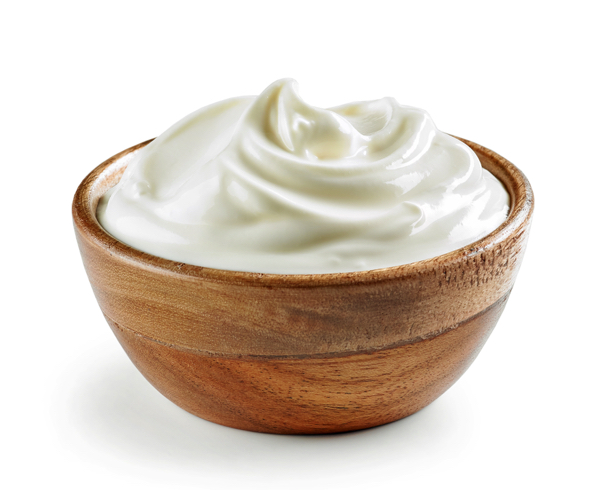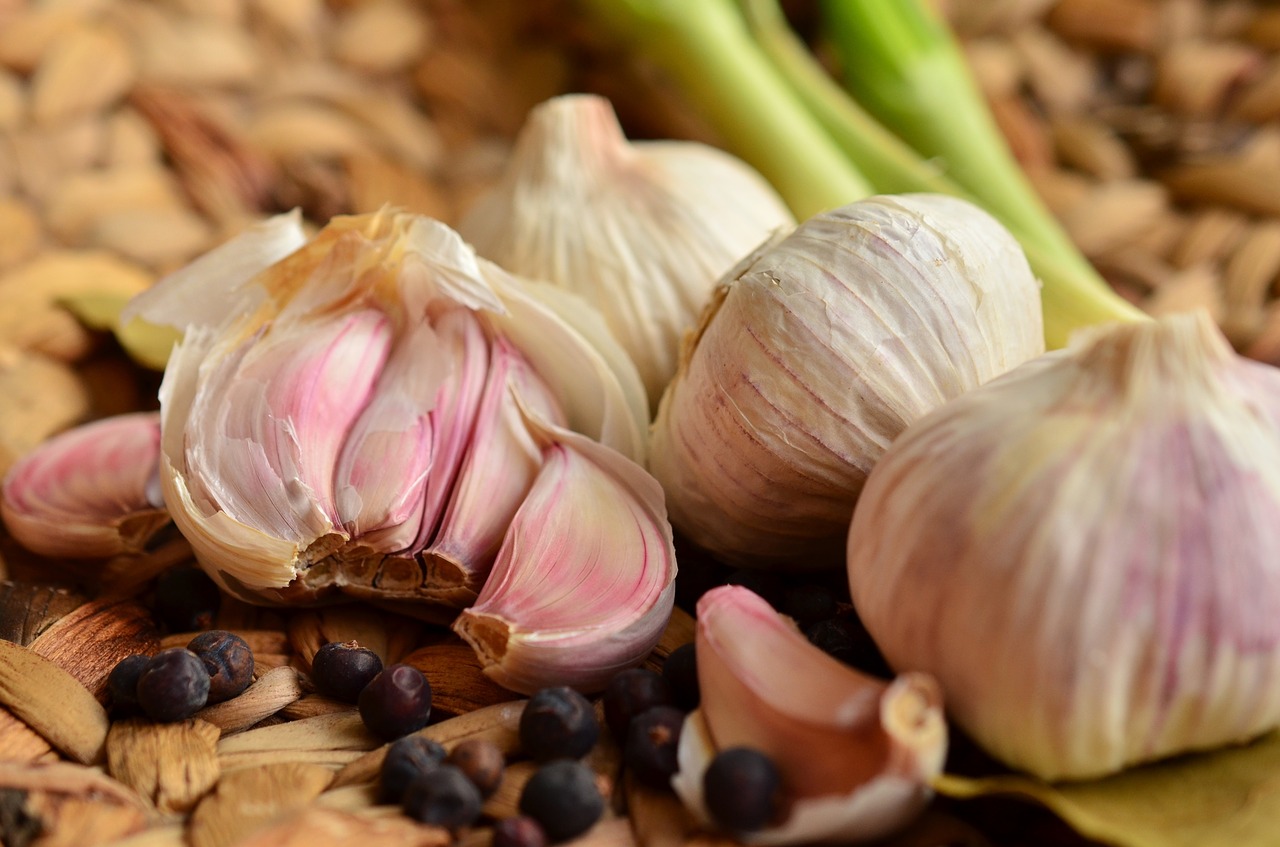
- Cream has been prized since ancient times for its richness and versatility, evolving from a luxury in medieval Europe to a global culinary staple today.
- Packed with healthy fats, fat-soluble vitamins and minerals, cream can support brain health, immunity and metabolism when sourced wisely.
- While criticized for its mucus-forming properties and saturated fat content, studies suggest raw grass-fed cream can be beneficial when eaten in moderation. In fact, it is linked to reduced heart disease in traditional cultures like the Masai.
- Conventional cream may contain contaminants (pesticides, synthetic hormones like rBGH, heavy metals); choosing organic, pasture-raised options ensures safety.
- A cornerstone in global cuisine, cream elevates dishes from French crème brûlée to Indian butter chicken, adding decadent texture and flavor to sweet and savory recipes.
Brief history of cream
Cream, the rich, fatty layer that rises to the top of milk due to its lower density, has been prized for millennia. Before modern homogenization, fresh milk naturally separated, allowing this nutrient-dense component to be easily skimmed. The use of cream traces back to ancient times, with evidence suggesting dairy farmers in Mesopotamia and Europe (as early as 6,000 BCE) utilized it to produce butter and cheese. By the Middle Ages, cream had evolved into a luxury ingredient in Europe often reserved for nobility, exemplified by British clotted cream which is still enjoyed today. The Industrial Revolution revolutionized cream production with centrifugal separators in the 19th century, while pasteurization ensured safety and extended shelf life. Today, cream remains a global culinary staple, from French crème fraîche to Indian malai. Its versatility also shines in modern dairy variations, such as the creamy delight of soft cheese, a decadent spread made from curdled cream, prized for its smoother texture and richer flavor compared to standard milk-based cheeses. Conversely, "poor man's cheese" emerged from medieval England's resource scarcity, crafted from the milk of a single cow to provide an accessible, affordable option.Nutritional profile of cream
Cream contains more than just fat. It is packed with essential nutrients, such as:Macronutrients
- Rich in saturated and monounsaturated fats, which support hormone production and brain health
- Conjugated linoleic acid (CLA), found in grass-fed cream, has anti-inflammatory and metabolism-boosting properties
Vitamins and minerals
- Fat-soluble vitamins (A, D, E and K2), which are essential for immunity, bone health and antioxidant protection
- These nutrients are better absorbed by the body with natural fats like those in cream
- Calcium and phosphorus support strong bones and metabolic function
Culinary uses of cream
Cream enhances both sweet and savory dishes:- Whipped cream: Stabilized with vanilla for desserts (Related: Baking with organic heavy cream powder: Tips for richer, fluffier desserts.)
- Sauces and soups: Béchamel, Alfredo and chowders rely on heavy cream for richness
- Coffee enhancer: A spoonful of organic cream can replace sugary creamers
Crème Brûlée (France)
- A custard enriched with heavy cream with a torched, caramelized sugar crust
Butter chicken (India)
- Slow-cooked with fresh malai (cream) for a silky sauce
Clotted cream (United Kingdom)
- Served with scones at afternoon tea
Alfredo pasta (Italy)
- Cream, butter and Parmesan meld into decadence
More related stories:
Elevate your coffee game: Making DIY creamers with organic heavy cream powder.
Green tea nutrients found to successfully treat scars when used in a cream.
Woman cures horrific skin condition using capers extract cream… after all antibiotics FAILED.
Sources include: Brighteon.AI NaturalNews.com Brighteon.comFDA ends emergency vaccine mandates: Independent doctors celebrate “return to sanity”
By Willow Tohi // Share
Rethinking mental health: The revolutionary role of nutrition
By Belle Carter // Share
“Nutrition and Bone Health”: A comprehensive guide to strengthening skeletal foundation
By Belle Carter // Share
By Evangelyn Rodriguez // Share
Research: Garlic supplement slows cardiovascular disease progression, decalcifies arteries
By News Editors // Share
Israeli units in Somaliland will be TARGETED, Houthi leader warns
By ramontomeydw // Share
New York mandates social media warning labels to combat youth mental health crisis
By bellecarter // Share
New Zealand's gas crisis deepens as domestic production plummets
By bellecarter // Share
Study links widely prescribed opioid to increased risk of deadly heart conditions
By bellecarter // Share
New study reveals "beer belly" fat poses greater heart risks than overall obesity
By patricklewis // Share
The sunlight paradox: How fear of sun exposure is fueling a vitamin D deficiency crisis
By dominguez // Share











